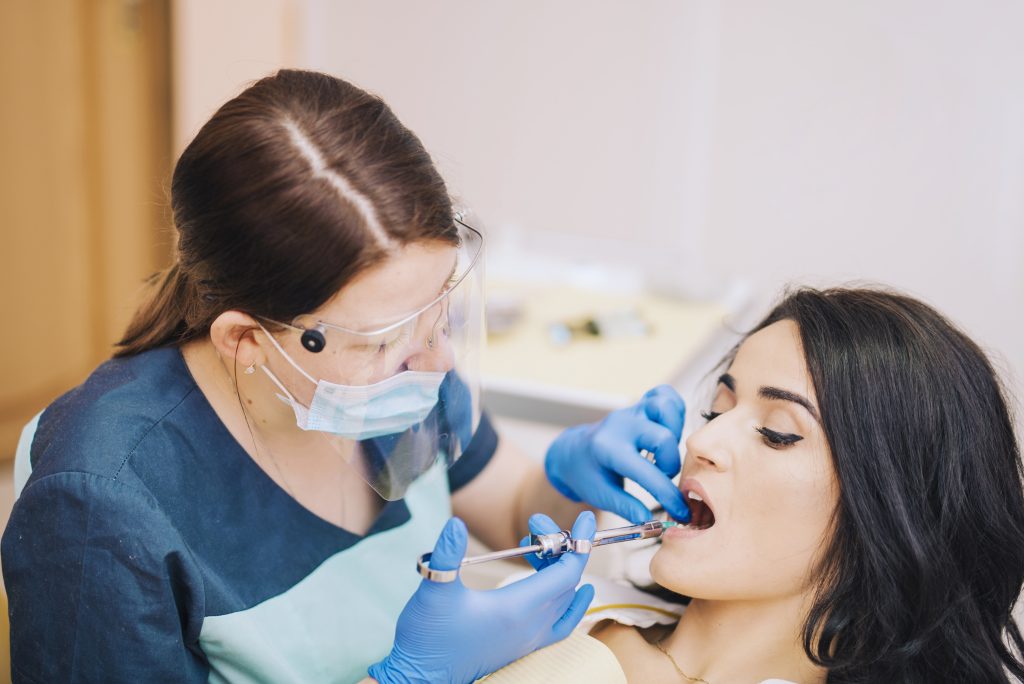
Orthodontic treatment is focused on correcting misaligned teeth and jaws. It is essential not only for improving the aesthetic appearance of a person’s smile but also for enhancing overall oral health. Misaligned teeth can lead to various issues such as difficulty in cleaning, increased risk of tooth decay, gum disease, and even discomfort while chewing. The primary goal of orthodontic treatment is to align the teeth, providing both functional and cosmetic benefits.
There are several key reasons why orthodontic treatment may be necessary:
Crowded or crooked teeth: Misalignment can create overlapping or twisted teeth, making cleaning difficult.
Overbite or underbite: When the upper or lower jaws protrude too far forward or backward, it can cause functional issues.
Spacing issues: Gaps between teeth can lead to an uneven bite or expose gums to potential problems.
Jaw alignment problem: This issue can result in pain and even speech difficulties.
To solve these issues, orthodontists employ a variety of techniques, including retainers, clear aligners, and braces. Traditional metal braces are highly effective for severe misalignment, but many prefer clear aligners due to their discreet appearance. Every orthodontic treatment is customized to fit the patient’s unique dental structure.
Orthodontic treatment often requires regular follow-ups to monitor progress and adjust the appliances. Though it can take several months or even years, the long-term benefits of a well-aligned smile are worth the effort. Beyond aesthetics, orthodontic treatment can enhance a person’s confidence, improve speech, and even aid in better digestion by correcting bite issues.
Frequently Asked Questions
It includes following good oral hygiene, eating a nutrient-rich diet, and scheduling regular dental visits.
You can schedule your dental appointment online or by calling Prime Dental Center.
Yes, dental sealants are safe to reduce cavities and decay.
Sealants can last from 4 to 8 years.
No, they don't require any special care besides regular brushing and flossing.
No, it is a non-invasive procedure that ensures pain-free application.
To maintain good oral health, ensure to:
- Brush twice a day and floss between your teeth at least once to remove plaque.
- Brush with fluoride toothpaste and drink fluoridated water.
- Visit your dentist at least once a year, even if you don't have dental problems.
- Quit smoking and limit alcohol intake.
- Keep your diabetes in check.
- Visit your dentist immediately after experiencing changes in taste and smell.








